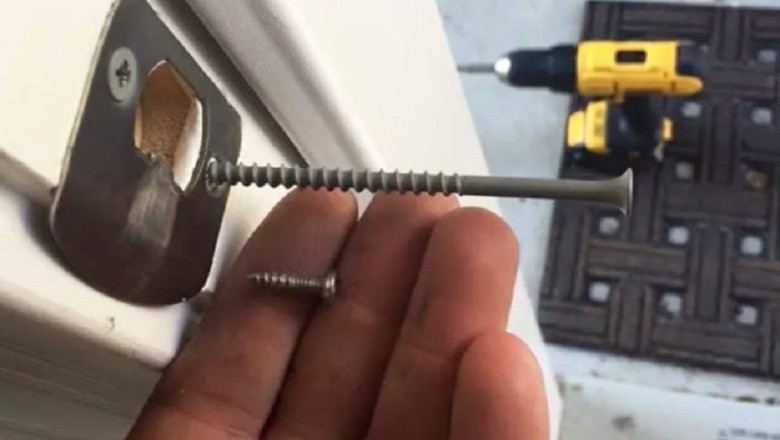
views
Home Security Hacks: Affordable Ways to Keep Your Home Safe
We all deserve to feel safe in our homes when we lay down to sleep at night. Fortunately, there are some simple ways to make our homes safer without breaking the bank.
Whether it's using a doorstop to prevent doors or windows from sliding open, or investing in a motion-sensor video surveillance system, there are hundreds of different tricks that people have tried to make their homes safer on a budget. Let's take a look at some of the creative and sometimes obvious methods people use to improve their home security.
Replace door hinge screws with longer ones
By ensuring that the door hinges in your home are securely fastened, you deter potential thieves. Replacing shorter screws with longer ones ensures that the hinges are less likely to give way under pressure. This is incredibly cheap and easy to do.
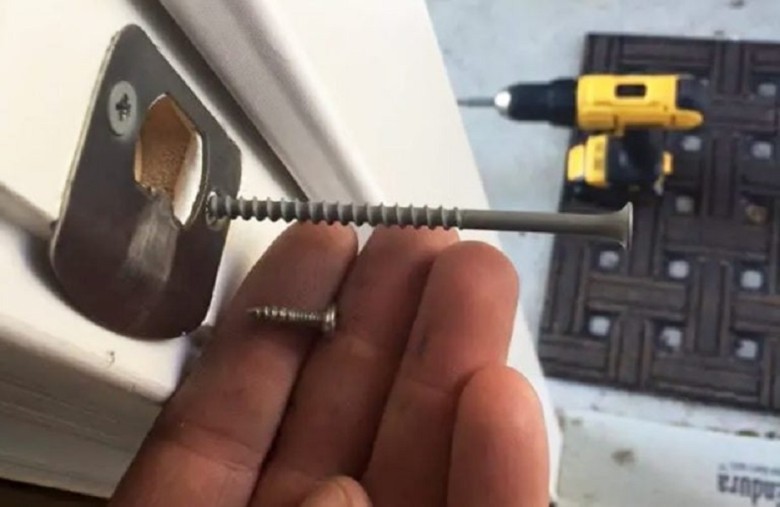
All you need are a few 7.5 cm screws and a screwdriver (manual or electric). A 500g pack of 7.5 cm screws costs only $8.97 at stores like Home Depot or Obi. With this, you can reinforce every door in your house and still have some screws left as spares.
Place a dowel in your sliding glass door tracks
Burglars often target houses with glass back doors or easily accessible windows, as they usually pose less of a challenge compared to non-sliding ones. But there's an easy way to change that.
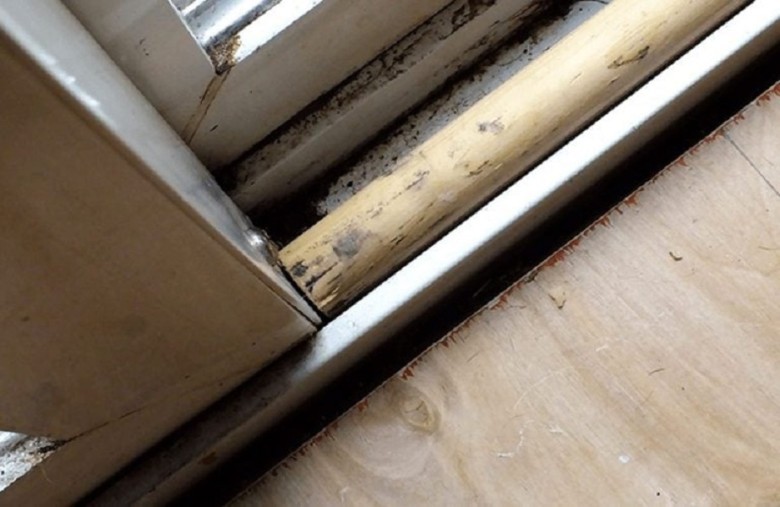
To secure your own home, simply buy a pack of 12 wooden dowels for $15.71 at any tool and household store, and insert them into each of the window and door tracks in your house. If a burglar tries to slide open one of the doors to steal some belongings that don't belong to them, they'll be left disappointed and empty-handed.
Don't leave car keys near the garage at night
The security measures that should be common sense often get ignored the most. Many people like to keep their car keys on a hook (or in a bowl) right by the front door, but that's a bad idea. If someone manages to break into your house, they won't have to look far for the keys to their getaway car.
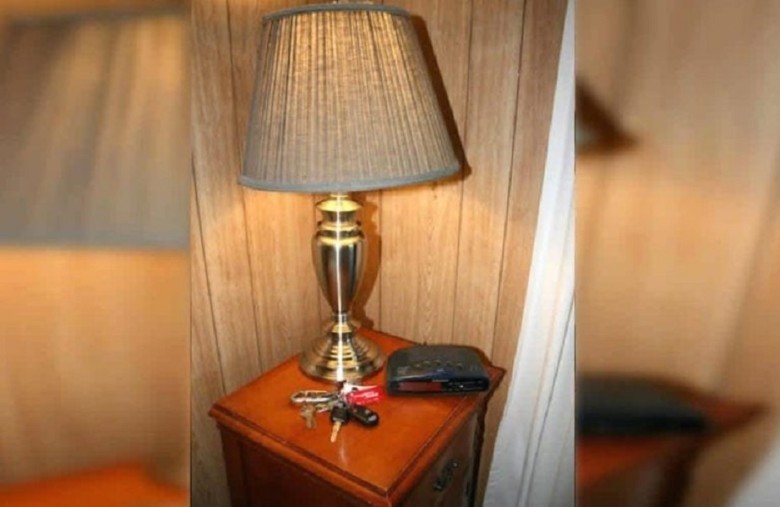
Don't make the thief's job easier. By simply keeping your car keys in a drawer in the kitchen or on the bedside table, you increase the security of the keys tenfold.
Invest in motion sensor lighting
Anyone concerned about their humble abode becoming a target for burglars, like the "Wet Bandits," should consider investing in motion sensor lighting and installing them near each entryway.
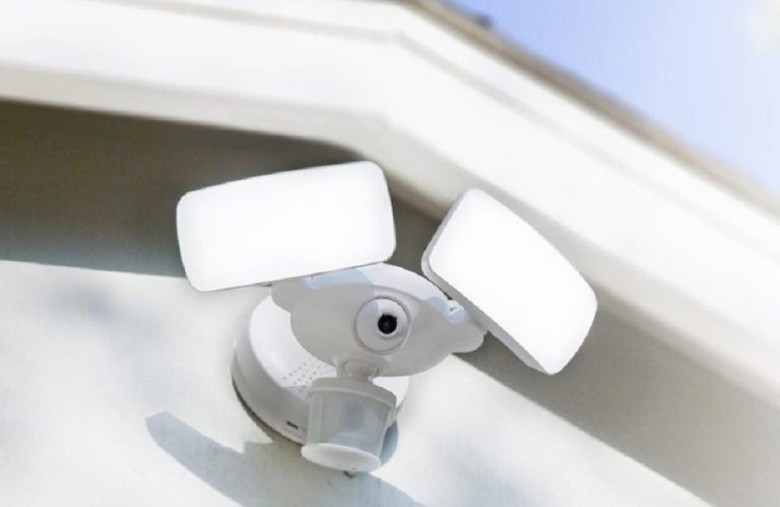
Being caught in the spotlight is probably not what a home intruder had in mind when planning their master plan, so why not thwart their plan? Online stores like Amazon offer a wide range of motion sensor lamps, including the Lepro 20-watt lamp and the LOFTer 30-watt lamp, both costing under $30 net.
Set up a Security Service Sign
When it comes to protecting your home from potential intruders, often it's enough to create the appearance that your house is well secured and monitored. Some people are known to install fake security cameras around their house, but a sign from a security company on your lawn is a much cheaper tactic.
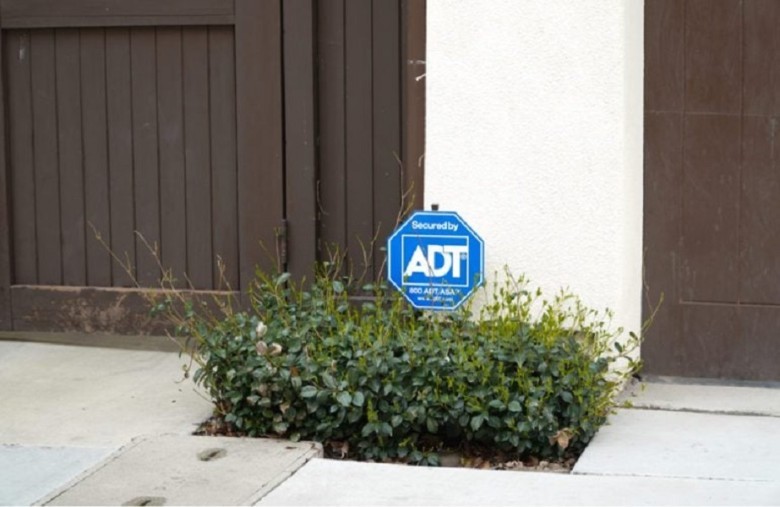
It doesn't have to be a real security company, as long as the sign looks official enough. Most burglars would probably think twice before breaking into a house that appears to have a security system.
Store spare keys in lockboxes
Anyone who grew up watching cartoons or other children's shows knows that you should check under the doormat for a spare key before attempting to pick the lock on the front door. Instead of becoming another victim of this cliché hiding spot, consider using a lockbox.
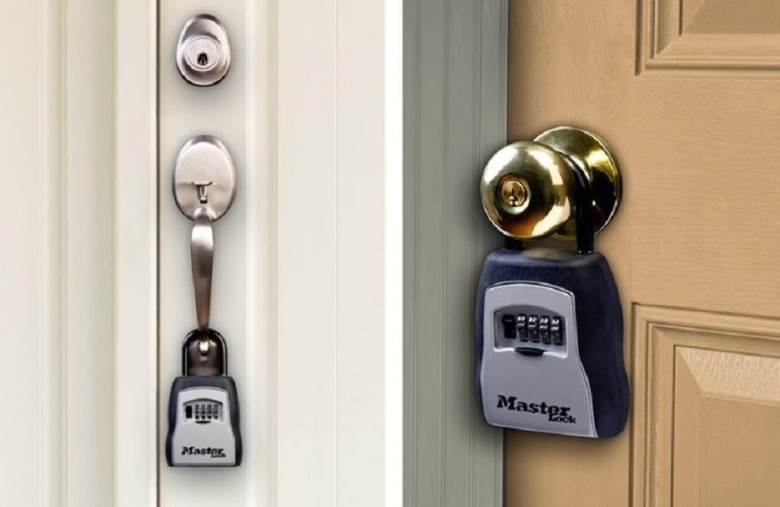
These lockboxes are available for as little as $15 to $20 each, but when it comes to the security of your home, spending the extra ten euros ensures that the spare keys are there when you need them, along with everything else in the house.
Install peepholes in exterior doors
If you hear creepy noises outside but live alone and are afraid to open the door to see who (or what) is out there, it might be a good idea to install peepholes in all doors that provide access to the outside, as an alternative to peeking through blinds or curtains, which would attract a lot of unwanted attention.
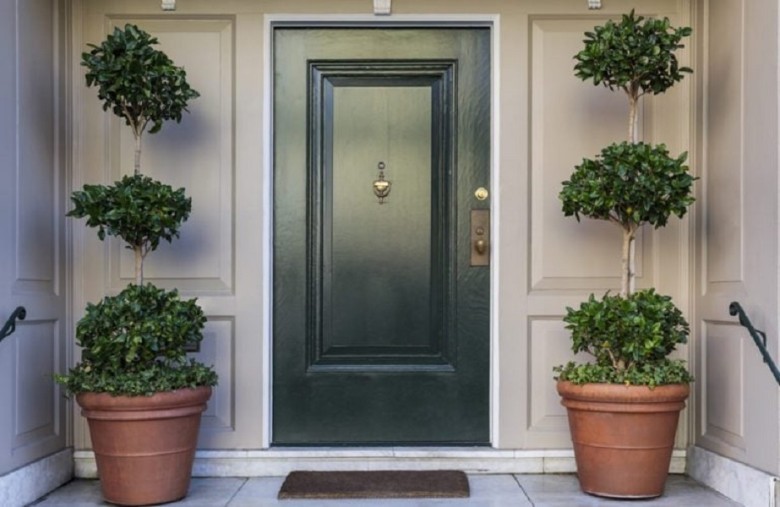
The cost range for a peephole depends on whether you hire someone to do the installation or decide to take on the task yourself. Peepholes are available in most hardware stores, including Lowe's, where they start at just $6 each.
Make it look like you have a guard dog
Over the years, there have been several stories of burglars being torn apart by guard dogs. As a result, a "Beware of Dog" sign has become an incredible deterrent for those who have entertained the idea of committing a small break-in, even if there is no dog present.
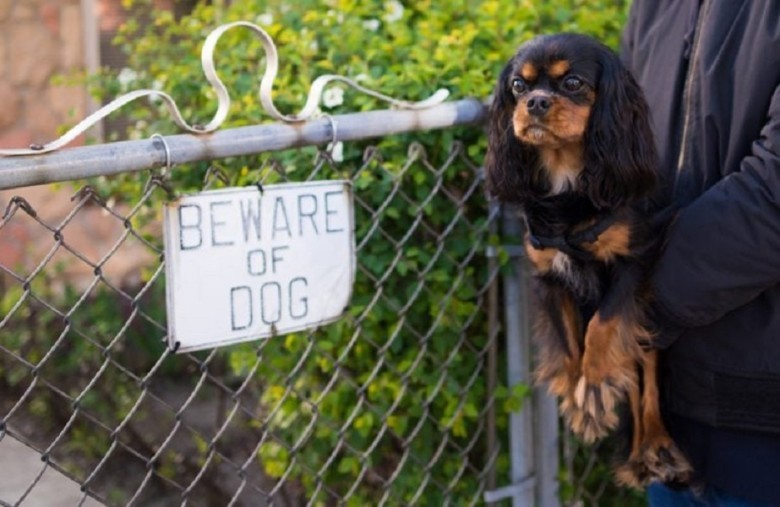
You can usually find a good selection of these signs at various pet accessory stores starting around $8. That seems like a very small price to pay, especially if it's all it takes to keep an intruder away. Of course, this price could be significantly higher if you opt for the living, breathing version.
Install a pin lock on windows
Installing locks on the windows of a house is a surefire way to prevent burglars from using them as entry points. While complex locks may provide homeowners with a greater sense of security, most windows only require a simple pin lock to prevent them from opening.
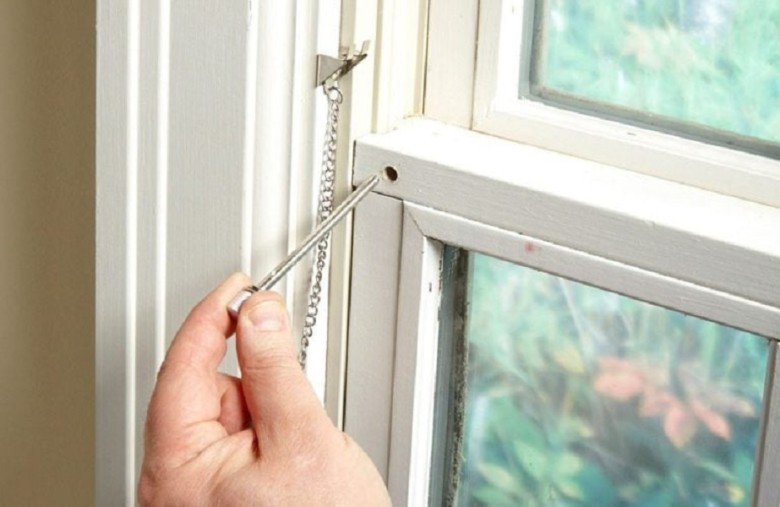
This is a trick that even an inexperienced DIYer can accomplish. A quick use of a drill to create a hole wide enough for a window pin, costing around $2.50 per pin lock, along with a bit of know-how, and you'll significantly reduce the opportunities for a burglar to break in.
Invest in a Secure Mailbox
Mail theft is a problem that has a simple solution - investing in a more secure mailbox. Package theft is a whole different story, but if there's concern that someone is stealing letters or UPS pickup slips, then a mailbox with a lock is the solution.
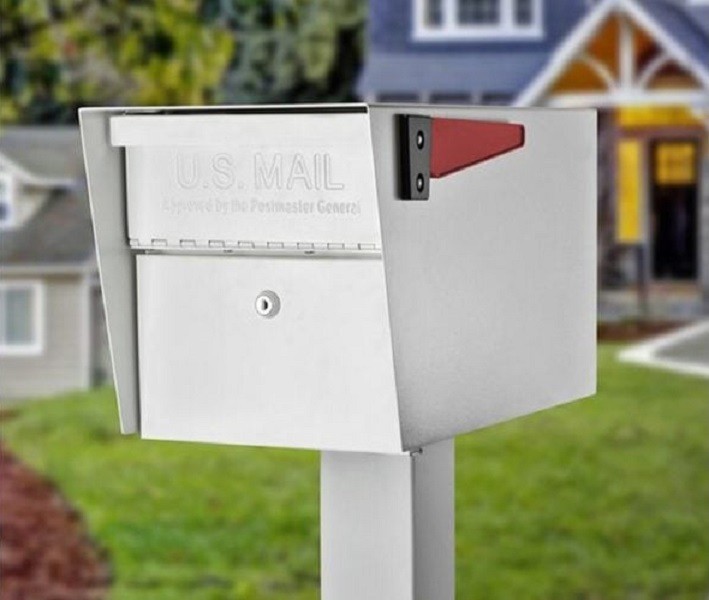
A secure mailbox, with only homeowners having the key, can be obtained for as little as $30 and is easy to install. Secure your incoming mail and prevent your vouchers from being stolen by neighborhood ruffians.
Join your Neighborhood Watch
One of the best methods to ensure your home is safe and nobody gets harmed is non-confrontational deterrence. And one of the best means of non-confrontational deterrence is the constant presence of people in the neighborhood. Or at least during the evening hours when crimes are generally more likely to occur.
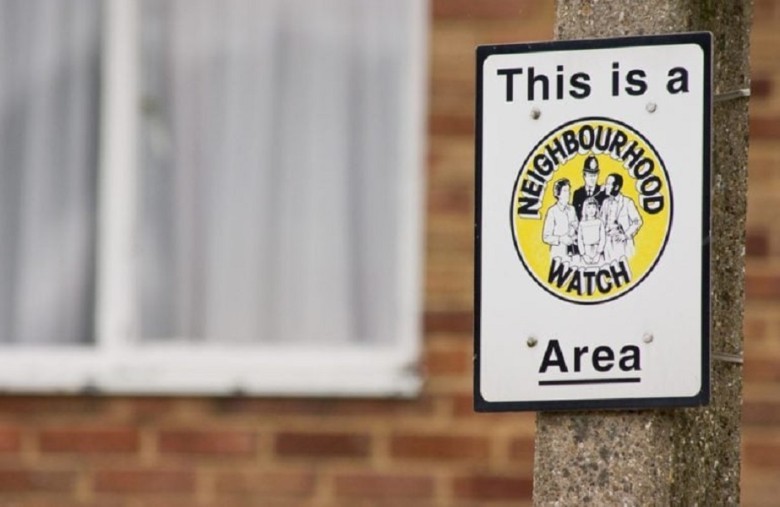
Neighborhood watches have proven to be an effective means of crime prevention in cities around the world since they were established in the mid-60s. If you don't have the time to join a watch yourself, you can support them by bringing them a hot cup of coffee on a cool evening.
Install latch protection devices
After an intruder has unsuccessfully tried to find a window or door that isn't properly locked or secured, if they are the kind of scoundrels who won't take no for an answer, they will likely attempt to force their way in through one of the doors.
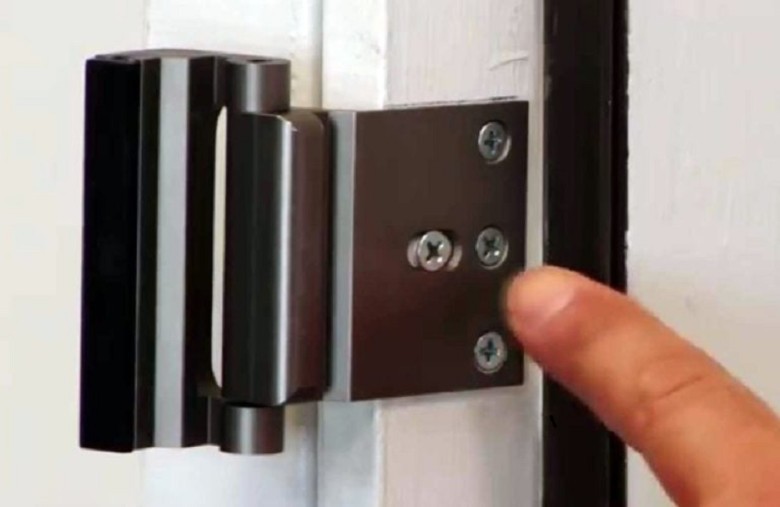
At this point, a door reinforcement lock becomes very useful. They are typically used as childproofing for doors but also serve as latch protection, allowing the latch to withstand more than ten times the force it would without them.
Protect your windows with security window film
When an intruder is so desperate that they continue to try to break into a house even after being thwarted multiple times by various security measures, there's a good chance they will eventually attempt to smash a window to gain access.
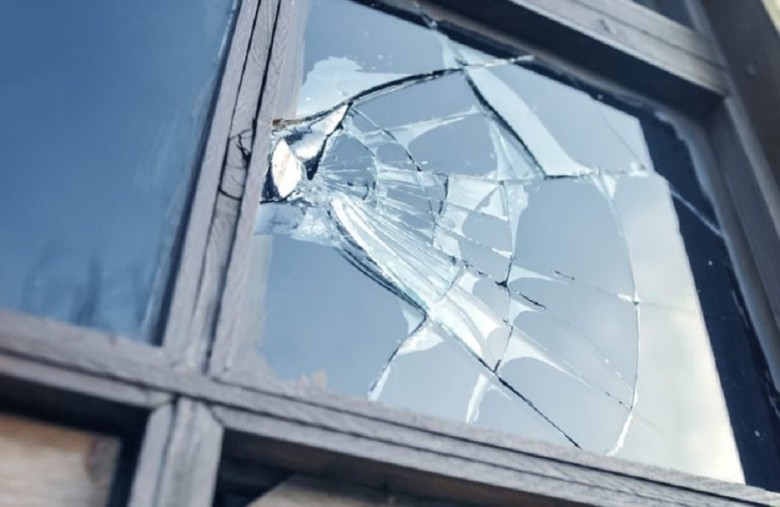
Security window film from a reputable brand can be ordered on Amazon for less than $25 for 3 meters. A layer of film on the inside of the window is enough to prevent the glass from shattering. The resulting delay may be enough to foil the thief's plan.
Use hollow doors only for interior spaces
Depending on the type of doors a house has, the level of home security can significantly increase or decrease. Hollow doors may be more convenient for the interior of a house or apartment due to their cheaper composition, but for entrances, it's best to opt for something stronger.
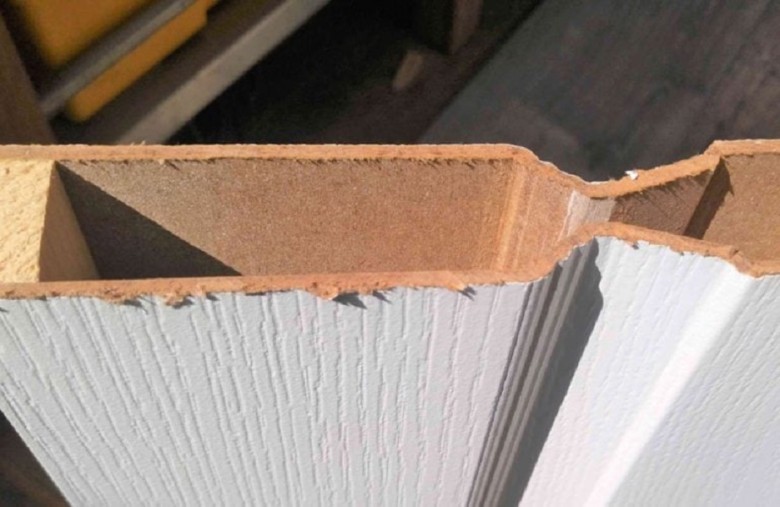
Due to their fragility, it's not a good idea to use hollow doors for a home's entrance, no matter how good the home's lock is. They are easy to break through and often appear as huge bullseyes in the eyes of thieves.
Buy a bunch of cheap, small, loud alarms for each window
When listing the ways to protect our homes from intruders, it would be irresponsible not to mention window alarms. These small devices come in all shapes and sizes, but they are all effective at deterring people from unlawfully entering someone else's home.
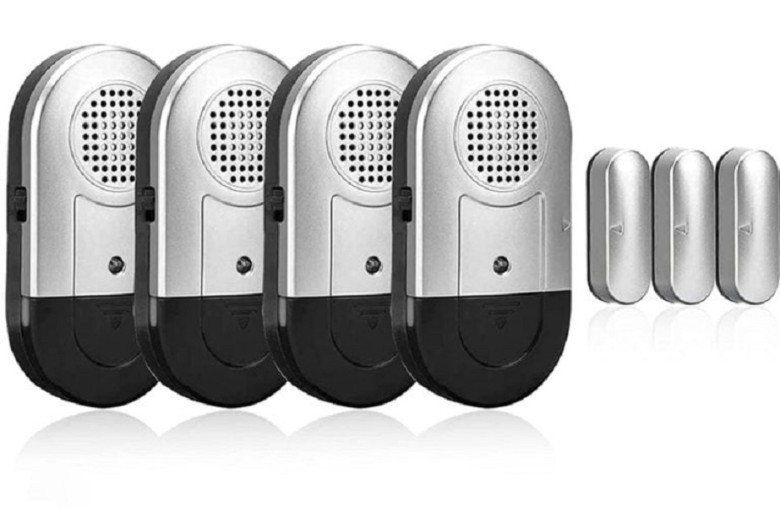
Price should not be a factor when it comes to home security, and with small magnetic window alarms available at some stores for as little as $5.99 each, it no longer is. Installing a window alarm (magnetic or not) on every window is much cheaper in the long run than replacing all your valuables after a theft.
Set up lights with a timer
No one should have to worry about their apartment being broken into when returning from a nighttime outing. Sadly, this happens much more frequently than most of us think. The next trick is straight out of Kevin McCallister's book from "Home Alone" - how to protect a house from burglars.
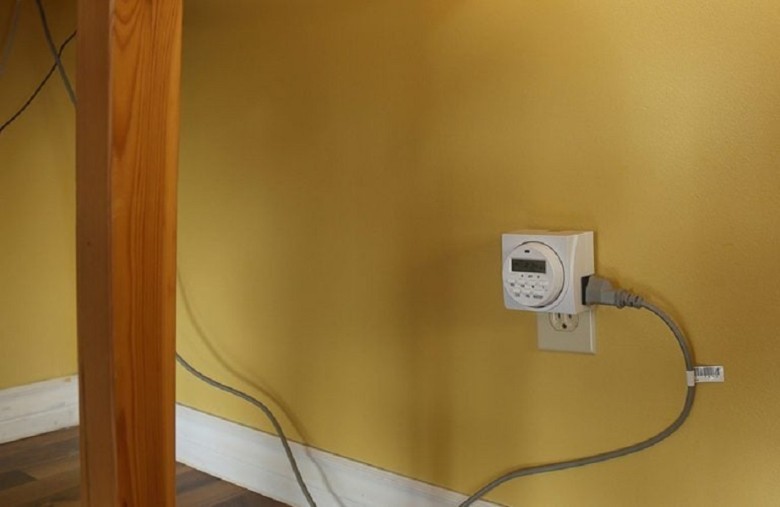
Using timers at home fools passersby into thinking someone is home when, in reality, they are not. For only $11.99 and a strategically timed light show, concerns about home safety become a thing of the past.
Landscape with security shrubs
Landscaping plays a much bigger role in home security than we give it credit for. One or two well-placed shrubs in front of ground-floor accessible windows are the equivalent of obstacle courses in landscaping.
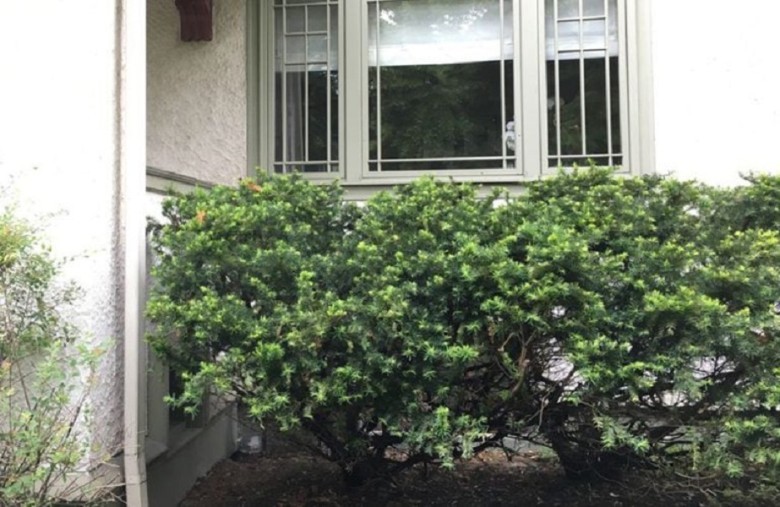
Once the decision has been made to go for shrubbery protection, it wouldn't be a bad idea to borrow a friend's new Ford Maverick to transport the plants from Walmart, Home Depot, or any other garden center to your home.
Invest in a security camera
A vacation should be a relaxing experience for everyone involved, but it's really hard to stay relaxed when we constantly worry if someone has broken into our home (or attempted to) or not. Instead of staying at home all the time, investing in a good security camera is the next best solution.
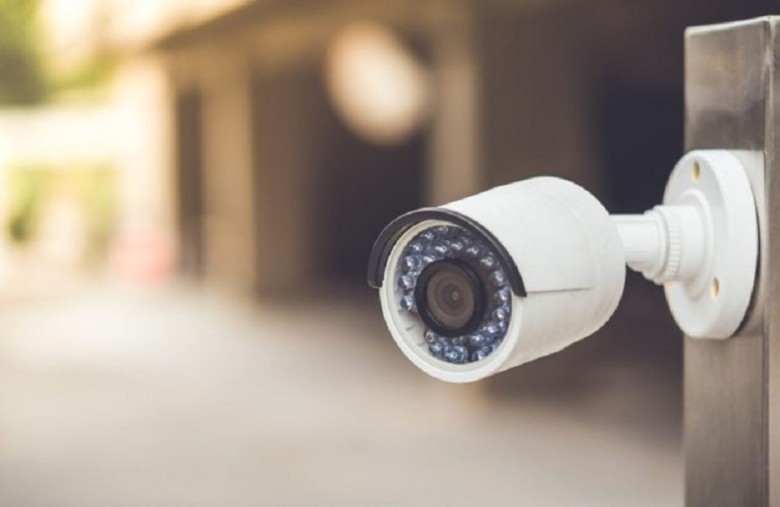
The Wyze Cam v3 is not only one of the best-selling security cameras on the market, but it is also compatible with Amazon's Alexa assistant and works with a motion sensor that alerts the user via an app about any unusual activity. To be able to sleep peacefully at night, "Wyze" should have a good security camera installed before every family vacation.
Reinforce door jambs with strike plates
Within the first few weeks of moving into a new apartment, it's important to check the integrity of door jambs. A weak door jamb makes it easier for burglars to gain access to the apartment, but it's also an easily fixable problem.
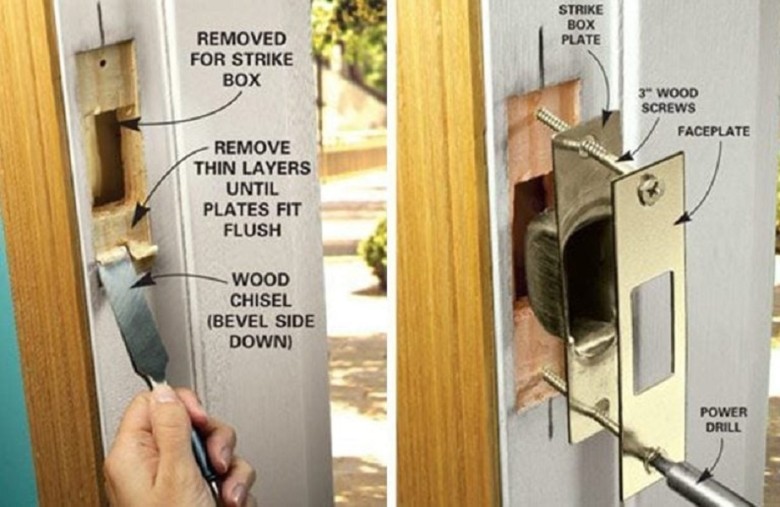
Attaching a strike plate between the door leaf and the wall of the door jamb provides the necessary additional stability to foil a burglar's attempt. Remember, a reinforced door jamb leads to a reinforced sense of security in your home and allows you to sleep more peacefully at night.
Maintaining the appearance of a well-kept house (mowing the lawn, etc.)
One of the things many parents teach their children from a young age is not to judge a book by its cover. While this may be true for people and books, when it comes to home security, appearances do matter. A well-maintained lawn and neatly trimmed garden help reduce the likelihood of a break-in.
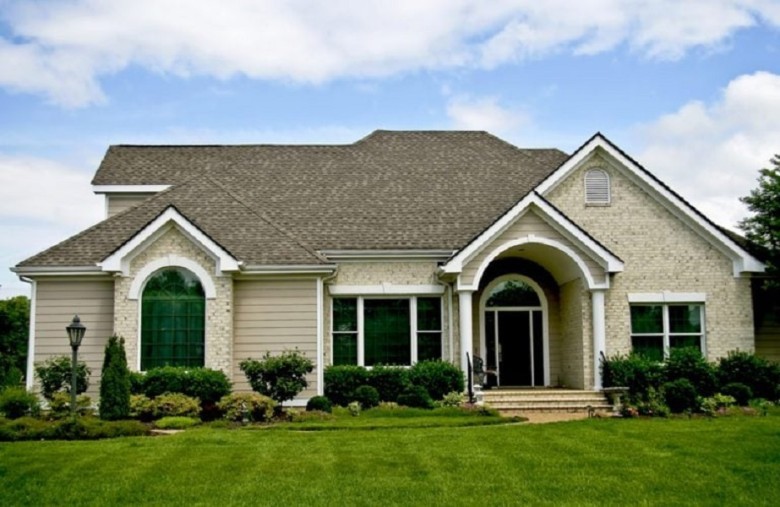
In theory, the better the garden looks, the more a potential thief should be concerned about a security system on the property. Although nowadays, there's likely already a security system in place that most likely streams live footage to the homeowner's smartphone.
Invest in a video doorbell
Whether there are children in the house who shouldn't be answering the door for strangers or you simply want to avoid someone, investing in a video doorbell helps increase the security of your home.
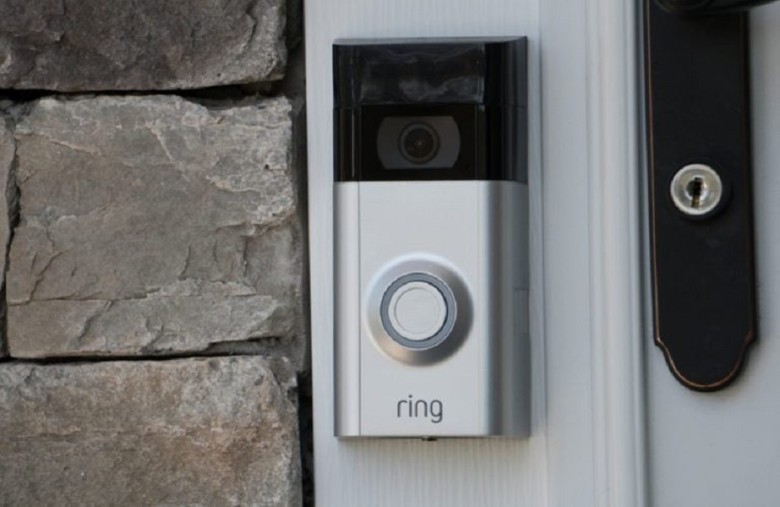
In the past, video doorbells were complicated and difficult to set up due to the many wires involved. However, nowadays, they also come in a wireless version, and most of them can stream live footage directly to smartphones. Even when no one is home, you'll know who's ringing your doorbell.
Install reinforce hardware on doors
The metal casings and frames on hinges, handles, and locks of doors may be of good quality when new, but over time, they inevitably wear out and become susceptible to rust and give in under the pressure of a burglar. That's why homeowners are increasingly reinforcing the hardware on their doors.
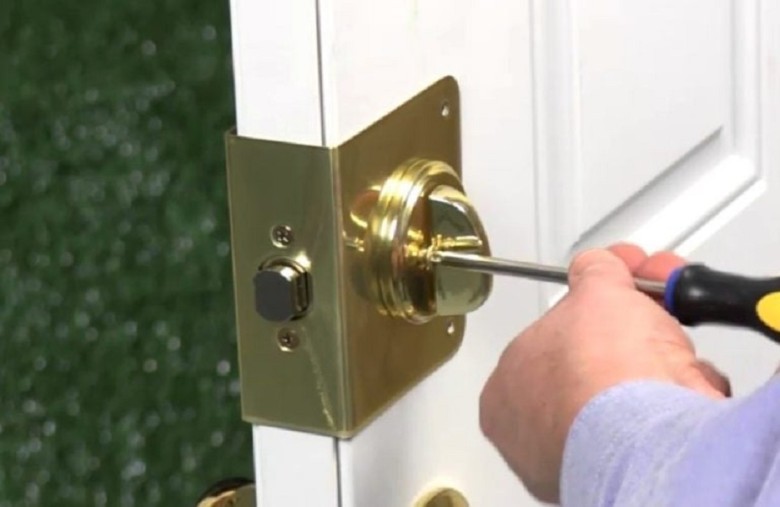
Depending on what needs to be replaced, the quality of the purchased products, and how many units you buy, the cost of reinforcing hardware on doors in the house can range from $3 to $10 per piece – sometimes even more.
Download free crime tracking apps
In the high-tech age we live in today, it only makes sense that there would be a crime tracking app, considering there's an app for just about everything now. When deciding on which neighborhood to move your family to, a crime tracking app like SpotCrime can be a wonderful resource, providing information on local crime rates.
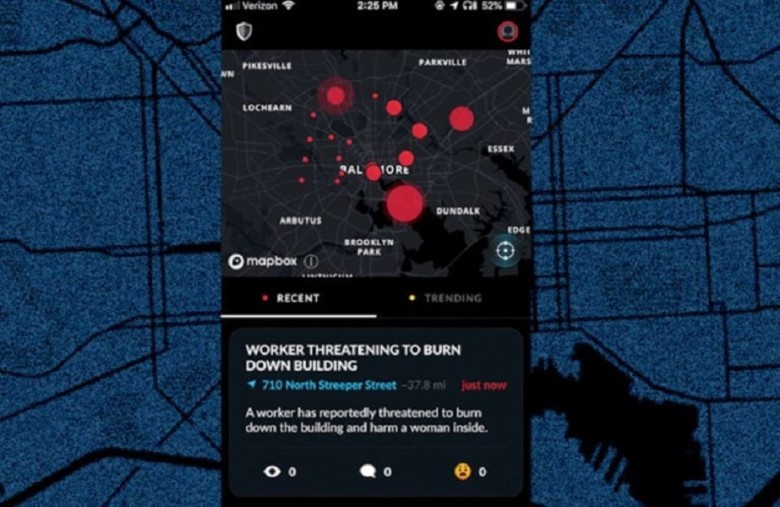
The app can be downloaded for free and sends alerts within a preselected radius around the user's location. Crime tracking apps are not only useful for making life at home safer but also for finding secure walking or jogging routes.
Lock garage doors with additional locks when away
Many houses in America are built with garages that are connected to the main house via a door. In other words, the garage not only houses the family's vehicles but also provides a way into the house where family members reside. Believe it or not, something as simple as a padlock is enough to protect all of that.
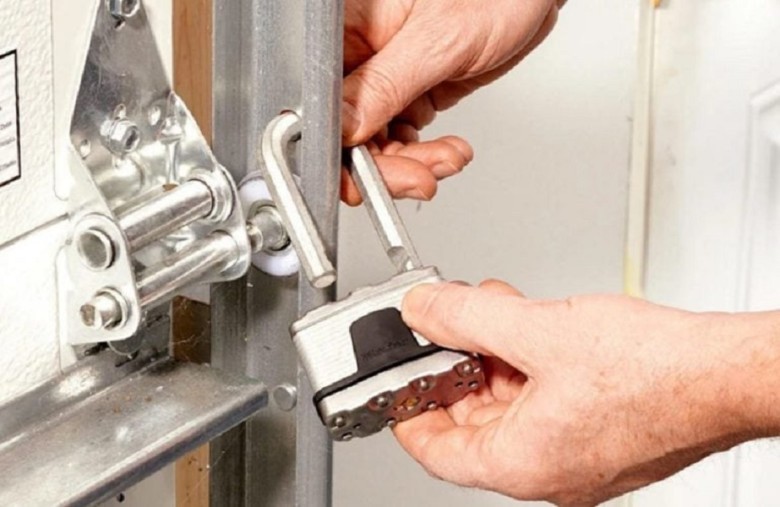
A $6 padlock strategically placed on the inside of the garage door prevents thieves from prying open the door, sneaking into the house, and making off with the new Apple products in the family car.
Purchase locks with thick shackles that resist bolt cutters
There was a time when a padlock was sufficient to secure a door (or a container of valuables) and keep thieves at bay. Unfortunately, that is no longer the case as more and more criminals carry bolt cutters with them.
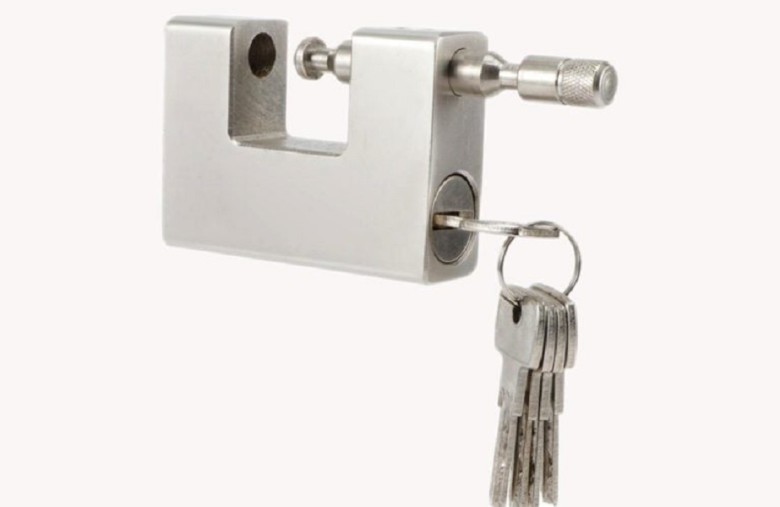
To counter the thieves who are breaking locks with bolt cutters, security companies have also stepped up their efforts and developed stronger locks with thicker shackles that an average bolt cutter cannot cut through. They may be slightly more expensive than a regular padlock, but $25 is a fair price for added security.
Hide valuables in a hidden safe
The idea behind hiding valuables is that you want to keep them in an unexpected place. If you have your valuables well hidden, they won't be stolen in the worst-case scenario of someone unauthorized entering your home. Consider hiding them in a clock safe. There are several available on the market, including one on Amazon for $24.99.
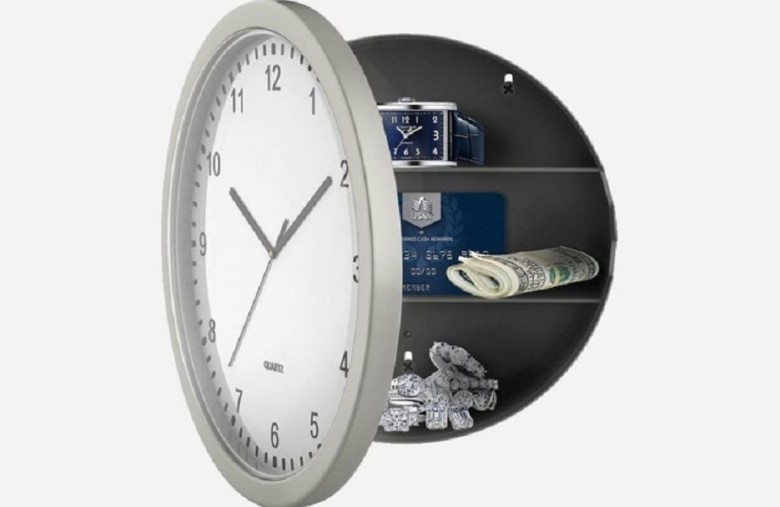
The front of the wall clock opens up, revealing a hidden compartment where you can hide jewelry, documents, and anything else that is important to you. The invisible safe is not as expensive as other safes, and it hides valuables just as well.
Make sure to lock the door when leaving
While excessive checking of locks and ovens can become a concerning symptom, double-checking if you've locked the door is not always a bad thing. After all, an unlocked door is a recipe for disaster. Make it a habit to double-check the lock. As an old saying goes, "better safe than sorry."
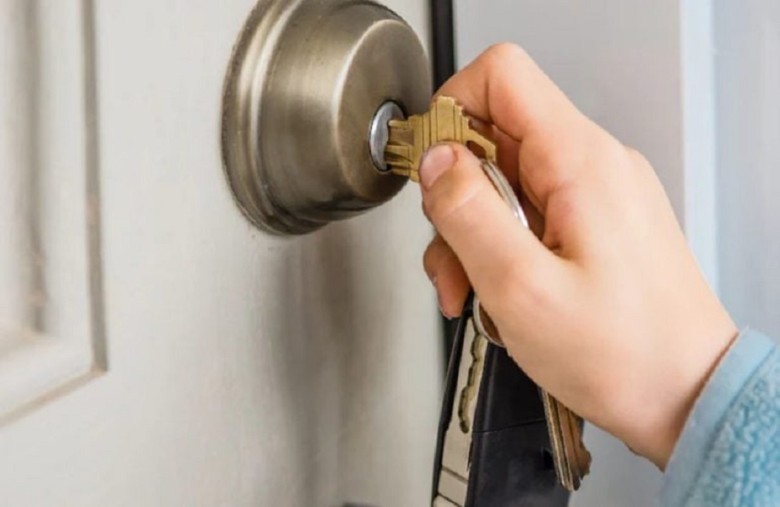
Make sure the main lock and any deadbolts, if present, are engaged. While this is not foolproof in deterring thieves, a locked door is much safer than a door that is completely unguarded and can be entered by anyone.
Always use a firewall to protect your Wi-Fi network
Hacking has been a problem since the development of the internet, and often these cyber criminals tap into your wireless network to access your data and personal information. If you want to secure your Wi-Fi, always use a firewall. While software firewalls and routers overlap, they both have their own advantages.
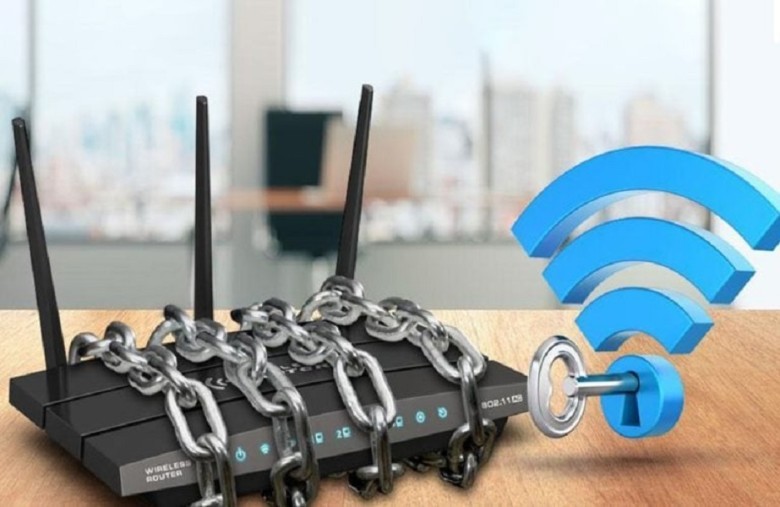
If you have a router, it's still a good idea to keep the firewall enabled. It provides you with security with minimal or no performance loss. It's a good practice to run both simultaneously. Additionally, change your Wi-Fi passwords frequently to provide added protection.
Hide your belongings in a lint roller
Again, you want to hide your valuables in a place where thieves wouldn't suspect. There are numerous improvised safes on the market that are disguised as functional everyday household items. A lint roller is such a safe. This lint roller made by Southern Homewares and sold on Amazon for $10.49 has a secret compartment where you can store cash and other valuables.
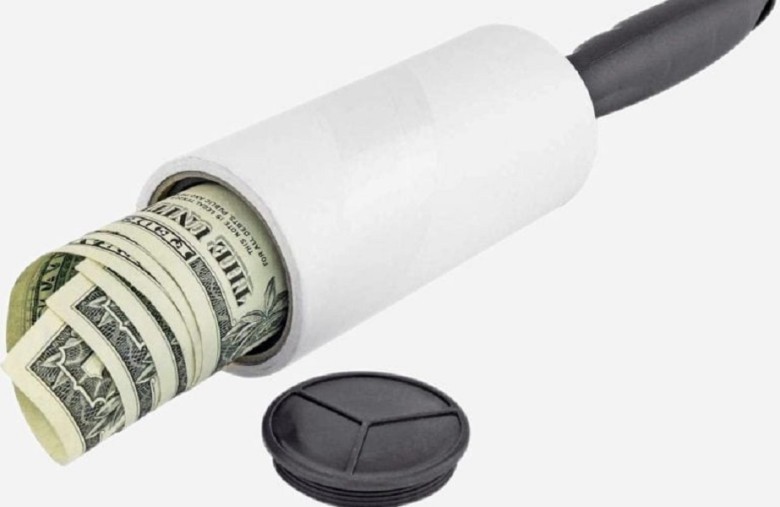
This way, you can hide valuable items in plain sight. Don't worry, you're getting your money's worth because this safe serves two functions. When not in use as a hiding spot, it functions as a working lint roller.
Maintaining the garden to eliminate hiding spots
Landscaping can help increase the security of your home by providing a clear line of sight through your property when done correctly. While dense rows of trees and a high fence may seem like a great tactic to keep snoops away from your property, they actually obstruct visibility, providing a hiding spot for anyone up to no good.
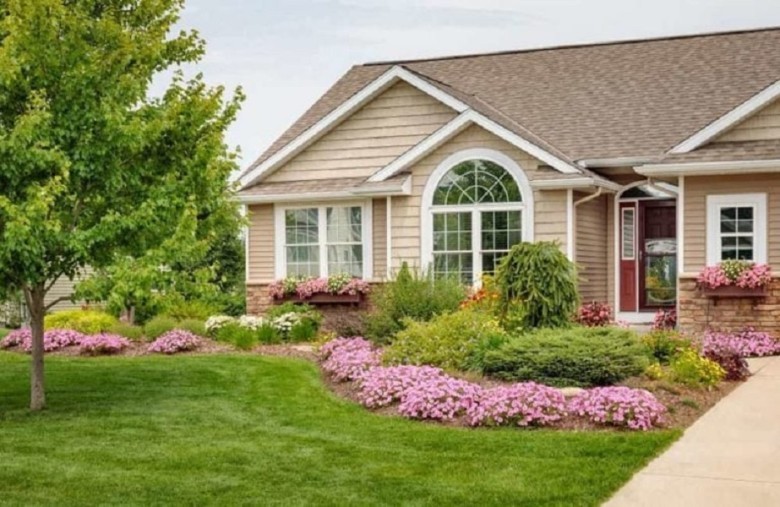
Use an open fence that provides you with a full view of your property. Also, make sure to trim your trees and bushes in a way that doesn't obstruct your sight. As an additional measure, you can install convex mirrors at various points of your house (garage, patio, etc.) to avoid blind spots.














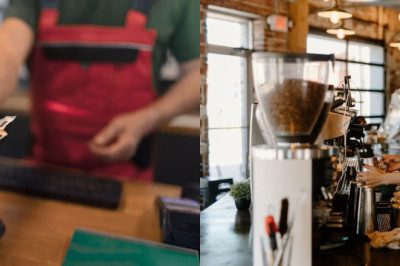
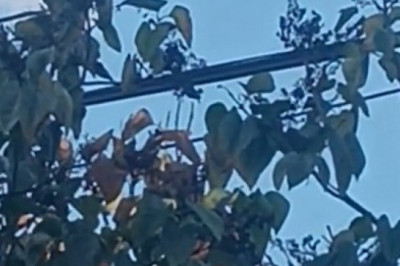




Comments
0 comment